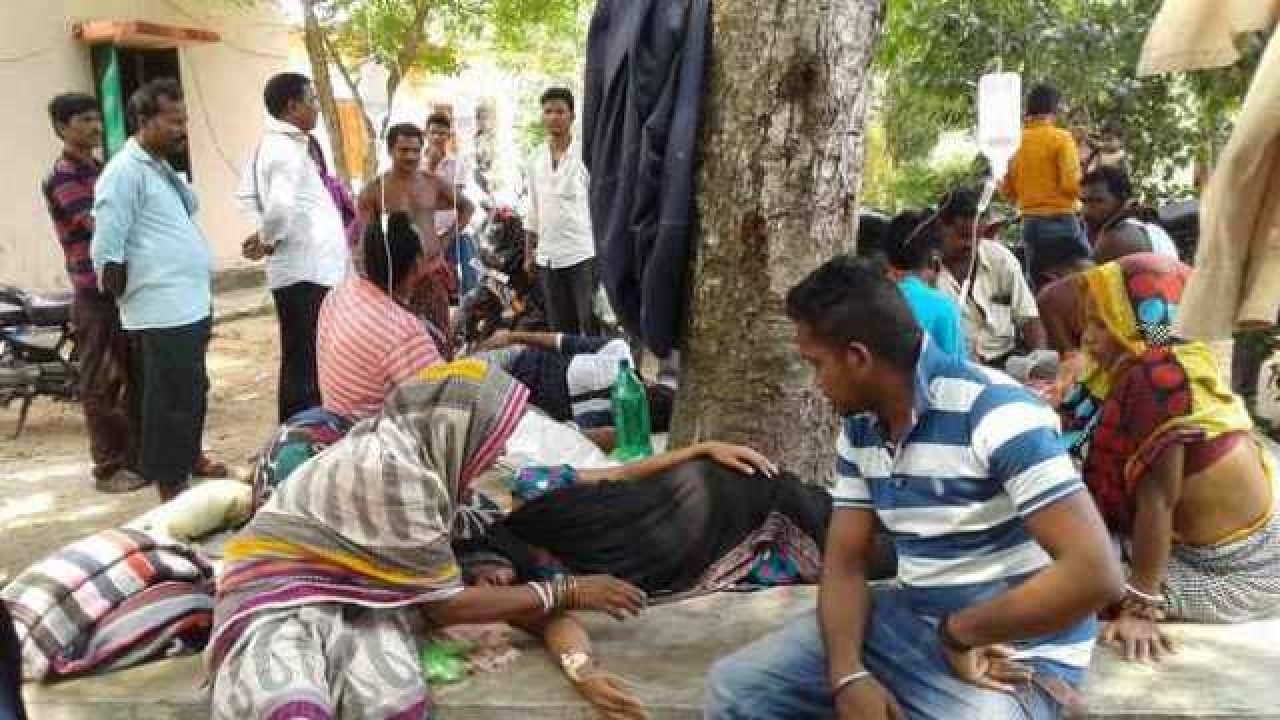By Manas Behera
In “8th May 2018” A woman forced to deliver a baby under culvert, “25th September 2018” doctor forced to treat patients under candle light,”30th November 2018” pregnant woman carried by cot and “18 December 2018”, expire saline has been administered to patient in PRM Medical college.
All these are sad stories and although not very shocking in the light of things those prevail in the health sector in the Mayurbhanj district of Odisha or in the state in general. unfortunate and shocking incidents proved that public health system of Mayurbhanj district, a kingly estate that once enjoyed the pride to have possessed a very progressive profile at all fronts, suffers such odds.
What has gone wrong ! The condition that prevails although cannot be described as endemic for a phase or so but, if such scenario grows to be a routine stuff then, there is a cause for worry.
If the first ever railway tracks could be laid there as a pioneering first, then reasons are not far to locate as what has driven the health sector to make itself on the right tracks so far.
Mayurbhanj houses a whopping population of 25.20 lakhs, there is one government doctor for every 10,639 people, one government hospital bed for every 1200 people as per official statistics available.
It is a matter of routine that patients share beds and doctors are overworked while in few places there is no doctor forcing the patients getting treated by subordinates like Compounder or a dresser even.
You don’t need an epidemic, however predictable, for the public health system to collapse in Mayurbhanj district of Odisha. “We are normally overworked as we have no options other than being like machines” said a doctor at the PRM Medical College & Hospital on conditions of anonymity.
“There is a dire need of man power looking at the increasing number of patients but that remains unaddressed “ he added.
However, besides all that mismanagement appear to be another problem which go unchecked due to lack of monitoring from the top.
If the state of health services remain so wanting in the Medical colleges, it is not difficult to imagine the state of hospitals in the downtown and interiors of such a district.
(Manas Behera is freelance journalist in Mayurbhanj)



